What most owners get wrong about leaving dogs alone
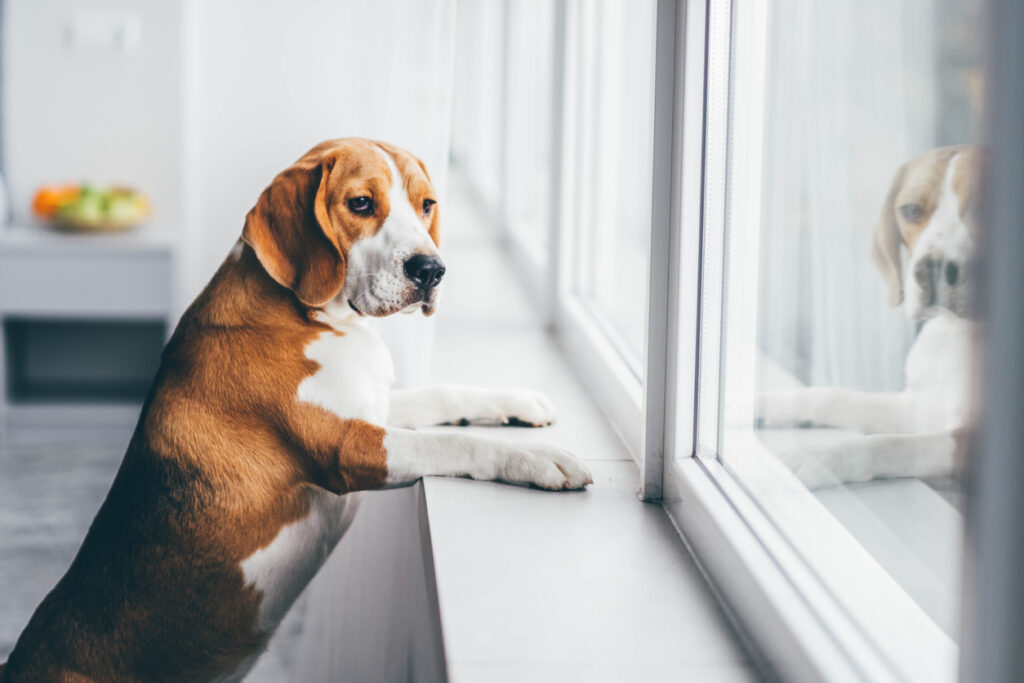
Leaving your dog at home alone isn’t just about shutting the door and hoping for the best. While you’re off to work or running errands, your dog is navigating loneliness, anxiety, or even danger. But most dog owners make small mistakes that lead to big behavior problems. If you’ve ever come home to chewed-up shoes or a dog who’s suddenly acting out, you might be unknowingly doing one of these. Read on to learn the most common home-alone mistakes and how to avoid them, for a safer, happier pup.
1. Leaving Your Dog Alone Too Long
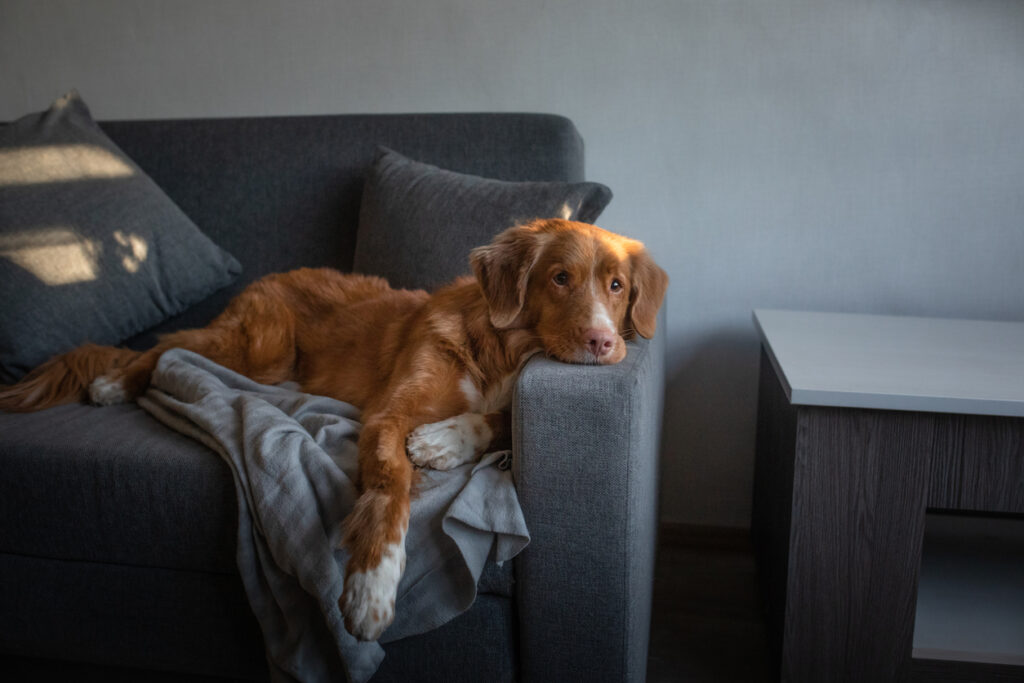
Dogs are social animals and leaving them alone for extended hours can seriously impact their well-being. Many experts agree that more than 6 to 8 hours alone can lead to anxiety, depression, and destructive behaviors. Working long shifts? Consider doggy daycare or a midday walker. Dogs who are isolated for too long often develop separation anxiety or compulsive habits like pacing or excessive barking. It’s not just about boredom. It’s emotional stress. According to Whole dog Journal, Dogs are social animals and should have the opportunity to interact with people at least several times a day, and with other dogs on occasion.
2. Not Giving Them Enough Exercise First
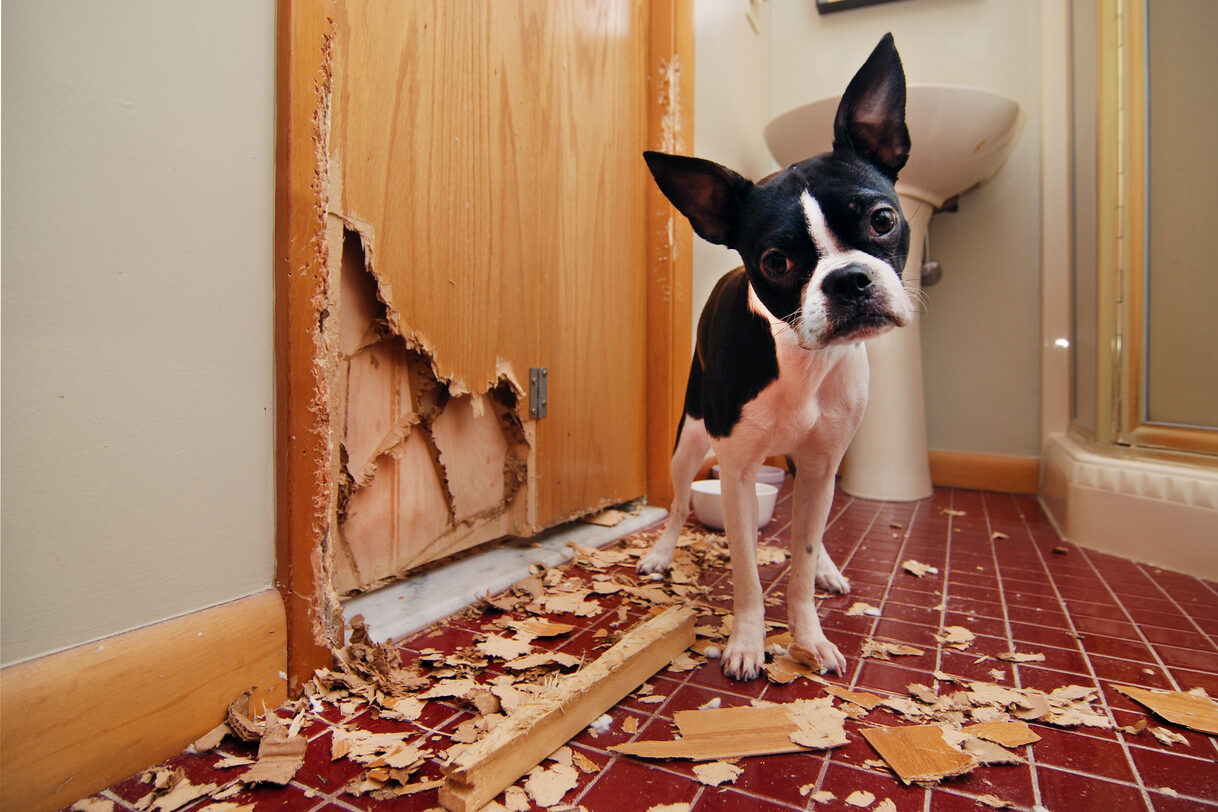
One of the biggest mistakes is not walking or playing with your dog before you leave. Without burning off energy, dogs are more likely to get into trouble when they’re bored and restless. A tired dog is a calm dog. Even 20 to 30 minutes of activity can make a huge difference. It helps them relax and nap during your absence instead of shredding the couch cushions. This simple routine change can save your furniture and your sanity. RSPCA Explains that, Separation-related behaviour is a common reason for dogs to be handed over to rescue organisations.
3. Forgetting to Leave Water Out
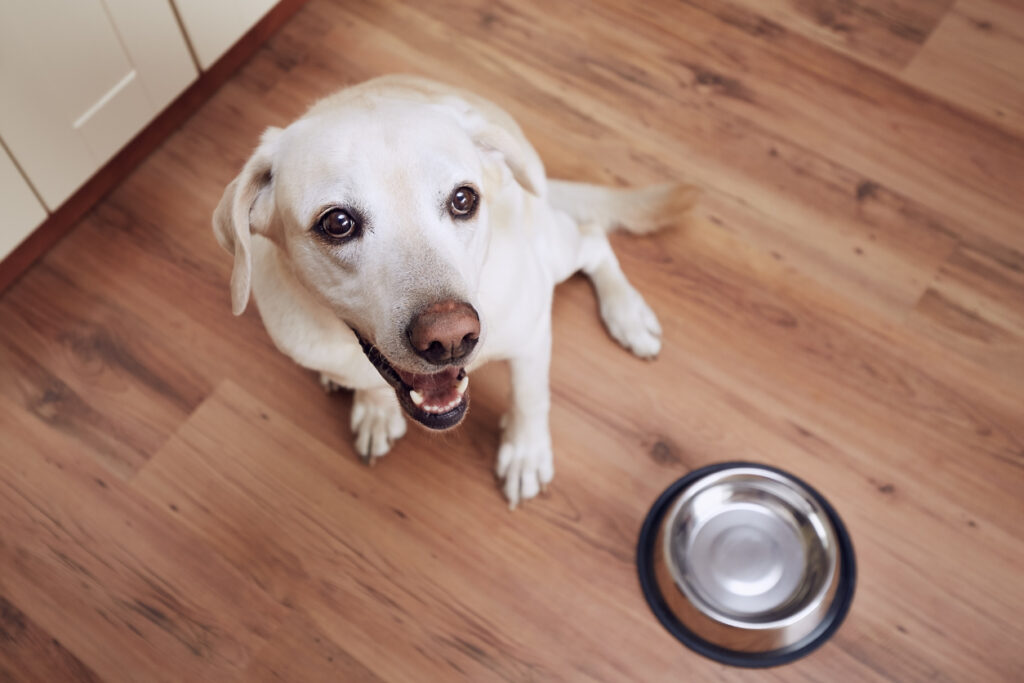
It might seem like a no-brainer, but many owners forget to leave enough water for their dog before heading out. Hydration is just as critical when you’re away. Dogs can’t tell you when they’re thirsty, and even a few hours without water can be harmful, especially in warmer months. Use a spill-proof water bowl or a pet fountain to keep water fresh and accessible all day. It’s a tiny step that prevents a major health risk.
4. Skipping Mental Stimulation
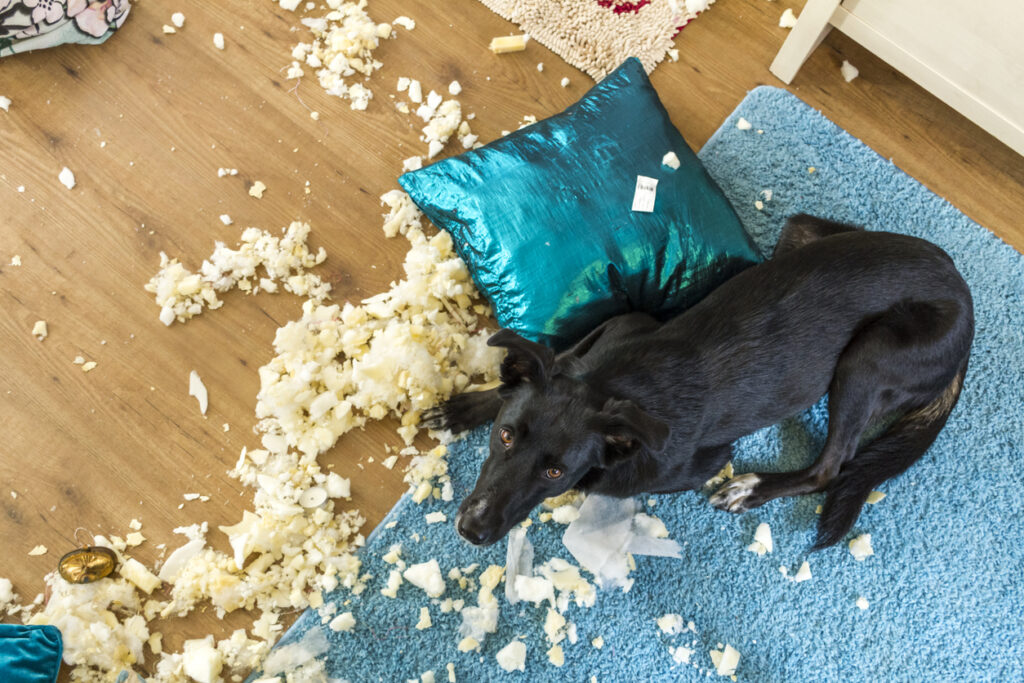
Physical activity isn’t enough. Dogs need mental engagement too. Leaving them with nothing to do can cause frustration, anxiety, and destructive behavior. Puzzle toys, treat-dispensing balls, or even frozen Kongs with peanut butter can keep their minds occupied while you’re away. Research says, dogs need brain workouts as much as physical ones. Keeping them mentally engaged makes your absence feel shorter and more bearable.
5. Making a Big Deal When You Leave
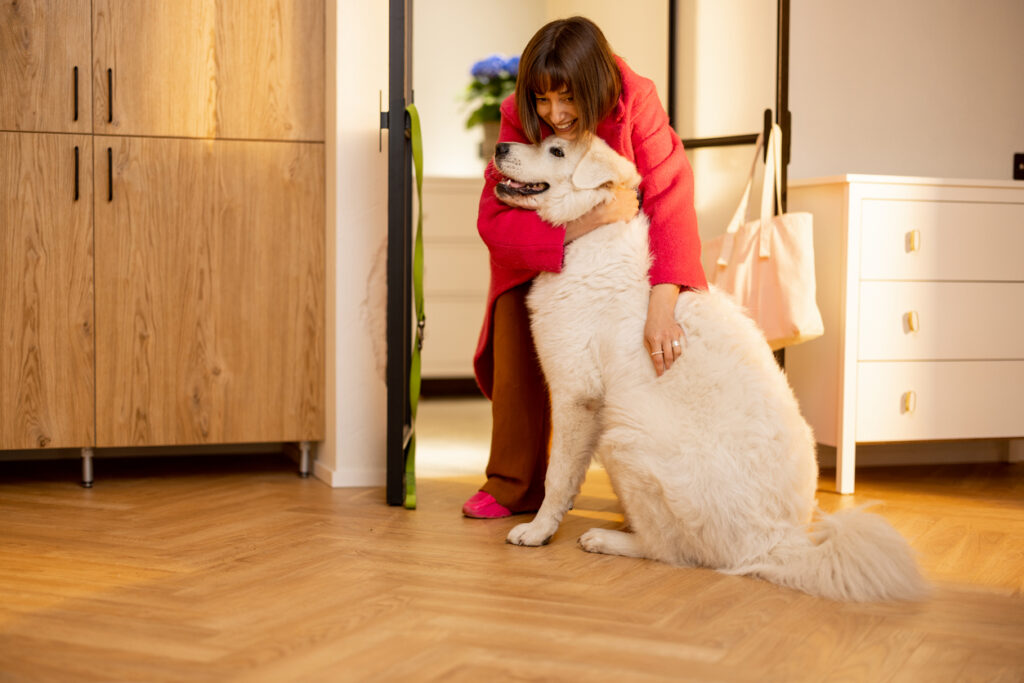
This is something even loving owners get wrong. Dramatic goodbyes like cuddles and long speeches can spike your dog’s anxiety and make your departure feel like abandonment. Instead, keep it low-key. Treat it like it’s no big deal. Leave calmly and quietly so your dog doesn’t associate your exit with distress. Over time, this helps reduce separation anxiety and creates a more relaxed transition when you leave.
6. Leaving Them in Complete Silence
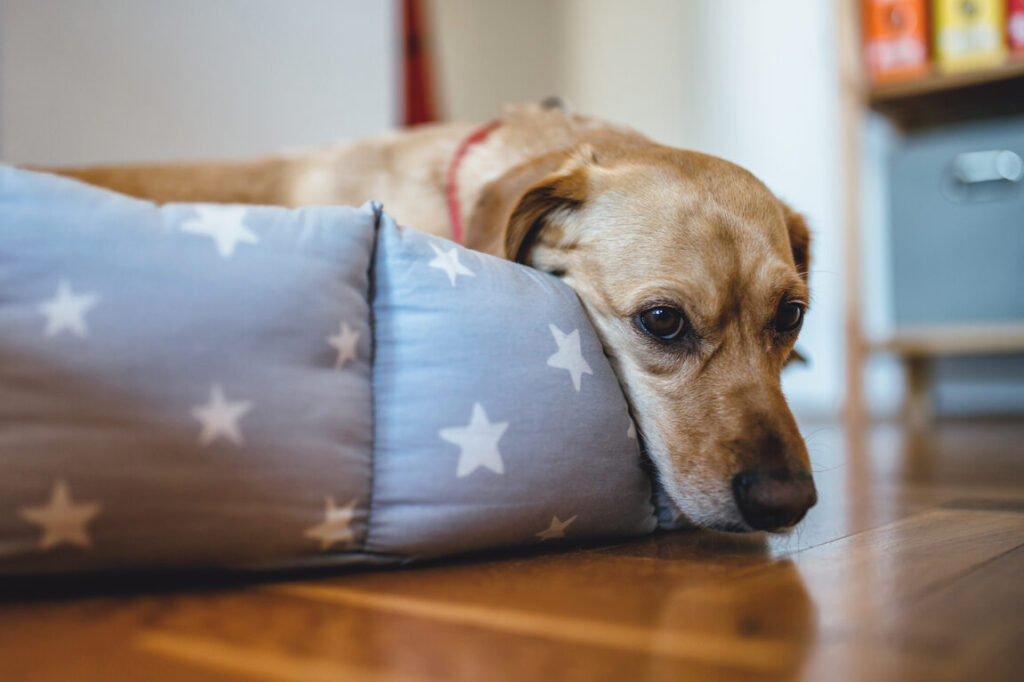
While we might enjoy peace and quiet, silence can be unsettling for dogs. Without familiar background noise, some dogs feel more alone. Try leaving on soft music, a TV channel with voices, or a dog-specific audio program. It creates a more natural, comforting environment that can ease their anxiety. Some dogs even benefit from audio books or classical music. Just be sure the volume is low and steady. Silence isn’t golden for every pet.
7. Not Dog-Proofing Your Home
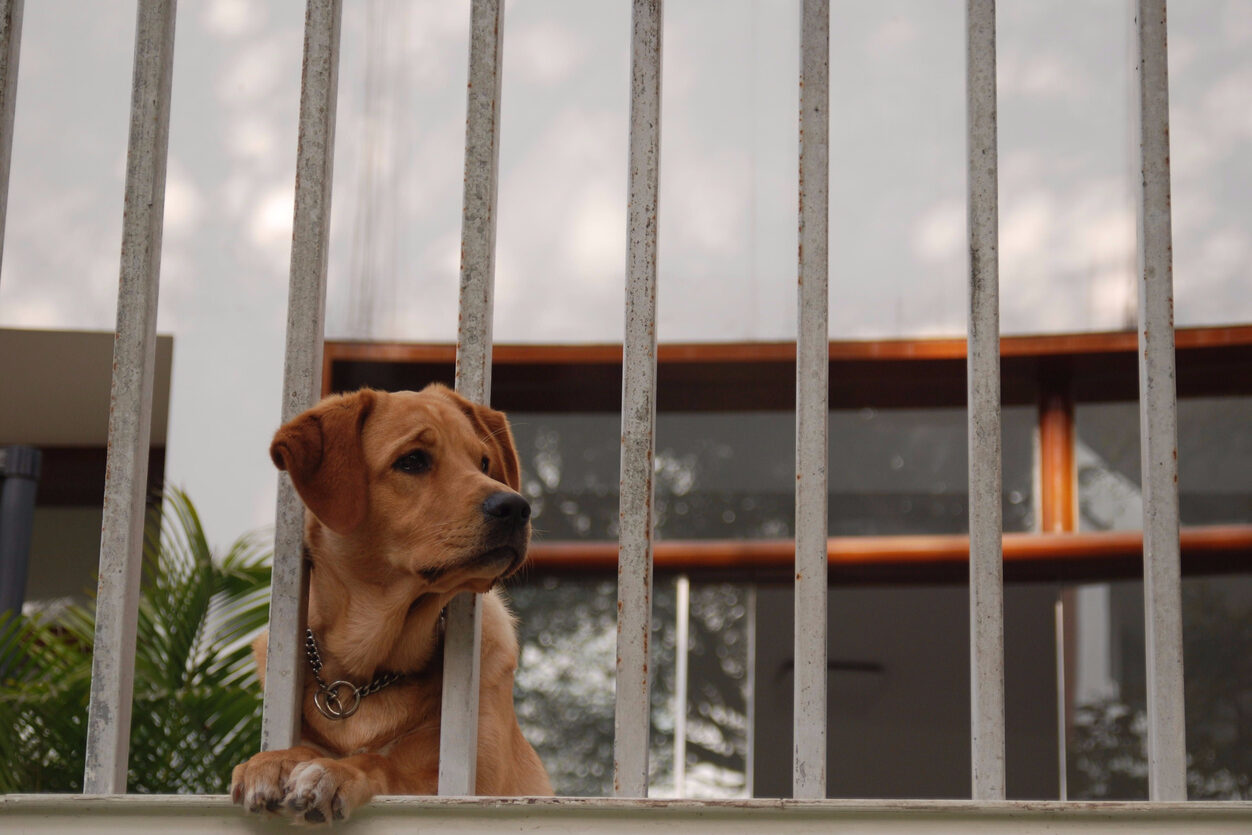
Just like babyproofing for toddlers, dogs need a safe environment when left alone. That means removing toxic plants, locking away cleaning supplies, and securing wires or small chewable items. A curious dog left in a hazardous space is one vet visit away from a serious accident. Make sure trash cans are sealed and that food is out of reach. Accidents often happen not because dogs are bad but because their humans weren’t prepared.
8. Failing to Create a Safe Space
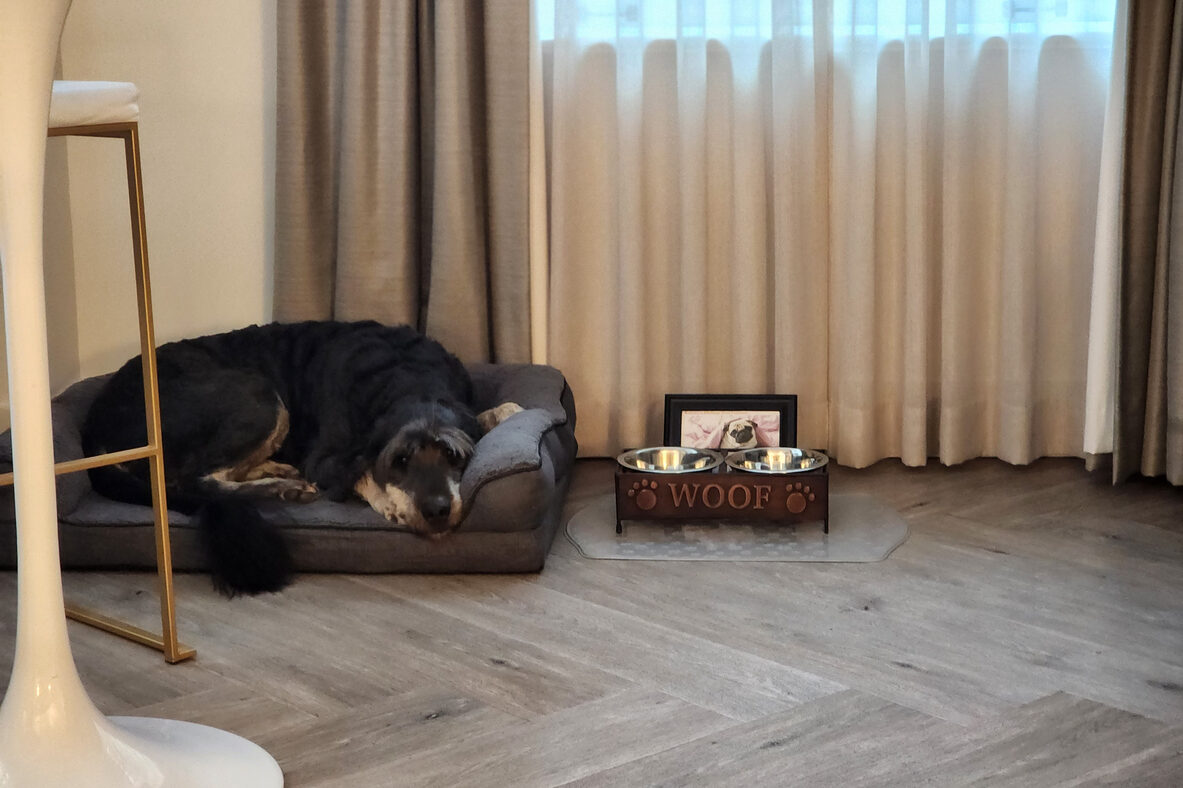
Dogs love routine and security. Without a cozy, designated spot to retreat to, they may wander anxiously or damage things. A crate (if properly trained) or a quiet room with their bed, favorite toys, and blankets can give them the sense of safety they need. It helps establish boundaries and reduces stress. Think of it as their home within your home, a comforting zone that tells them it’s okay to relax while you’re away.
9. Letting the House Get Too Hot or Cold
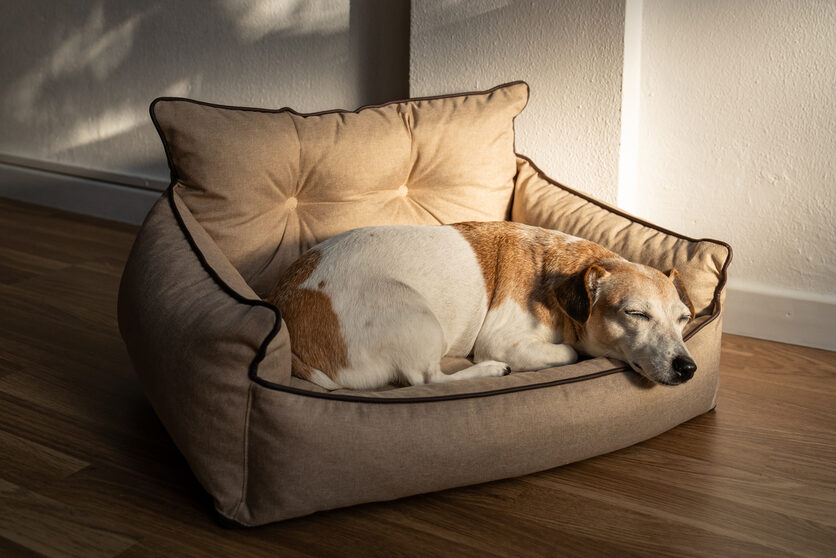
Extreme indoor temperatures are often overlooked. Dogs are sensitive to heat and cold, and what feels okay to you might be uncomfortable or even dangerous for them. Always ensure your thermostat is set at a safe, moderate level. Avoid placing their resting area in direct sunlight or near cold drafts. If you’re gone for hours, make sure the room is well-ventilated or climate controlled. Comfort matters as much as safety when you’re not around.
10. Leaving the Curtains Open
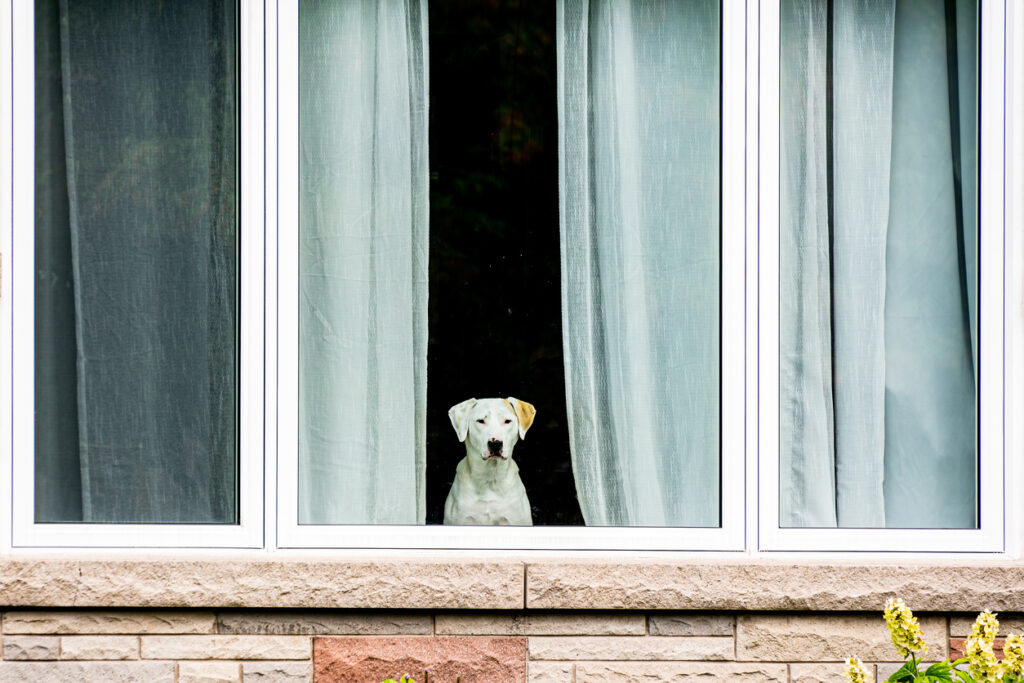
It might seem harmless, but some dogs become hyper-alert or stressed watching people, cars, or squirrels pass by all day. Open curtains can overstimulate and trigger barking or anxiety. If your dog gets worked up easily, consider blocking their view with blinds or baby gates. On the flip side, some dogs feel comforted by looking outside. The key is knowing your dog’s personality and adjusting their environment to match their emotional needs.
11. Skipping a Bathroom Break
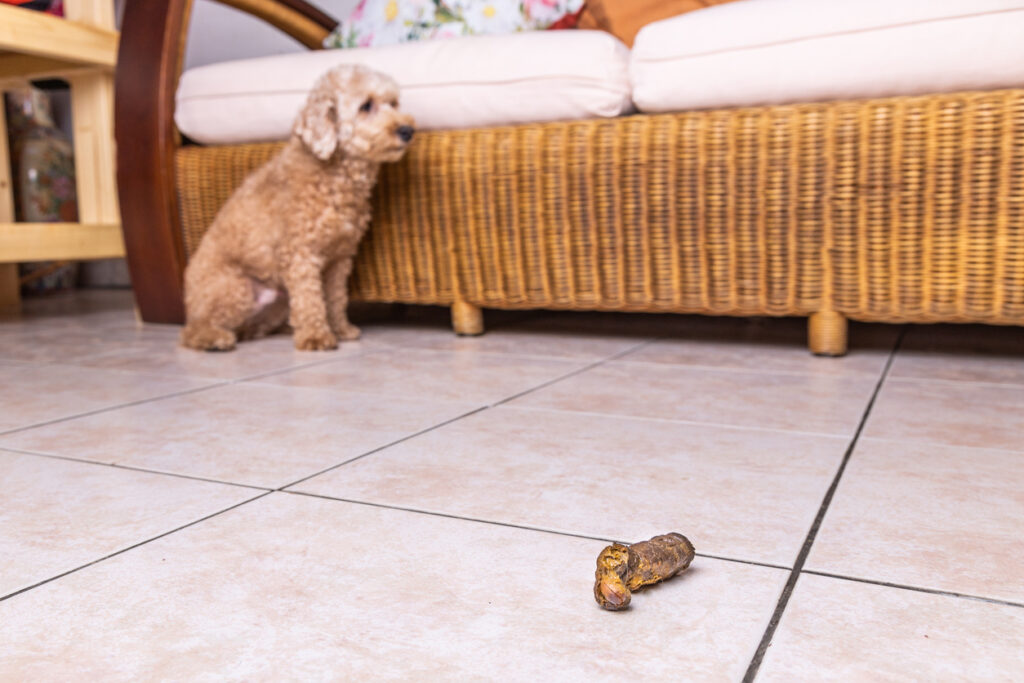
One of the kindest things you can do before heading out is to let your dog go potty. Holding it in for hours isn’t just uncomfortable. It can lead to urinary tract infections or accidents that upset both you and your pet. If you can’t be home in time, arrange for a pet sitter or a trusted neighbor to let them out. Regular bathroom breaks are basic care, not just a courtesy.
12. Ignoring Their Body Language When You Return
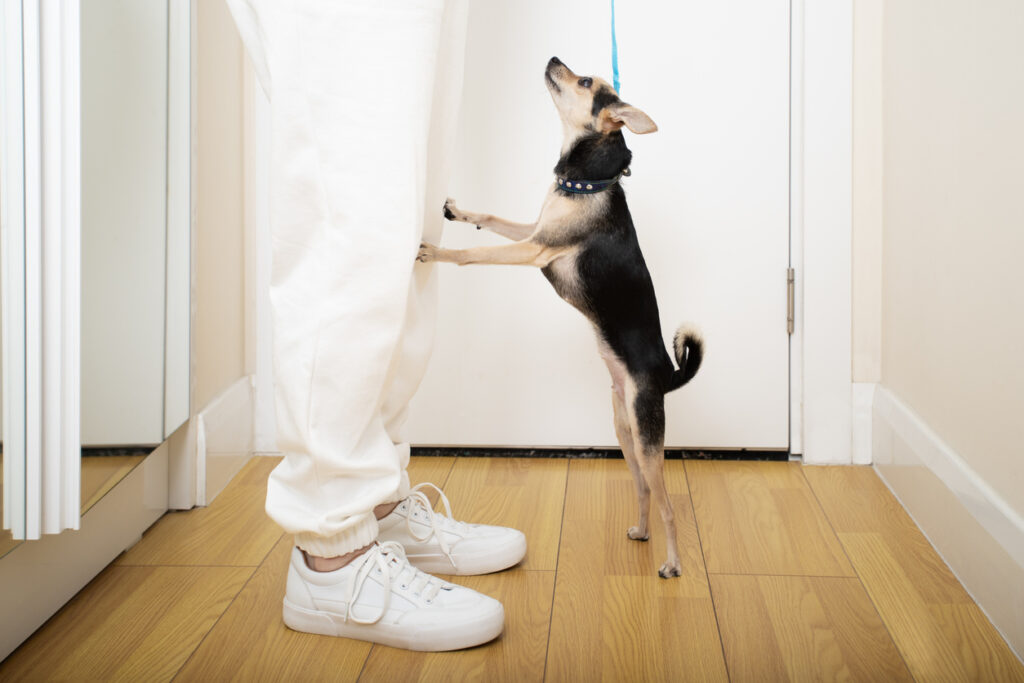
It’s easy to overlook your dog’s cues when you get home, especially after a long day. But their behavior, whether hyper, distant, or clingy, can tell you how they felt while you were gone. Are they anxious, overly excited, or unusually withdrawn? These signs can help you adjust your routine to better meet their emotional needs. Your return should be reassuring, not overwhelming, and observing their reaction builds a stronger bond.
13. Not Training Them to Be Alone
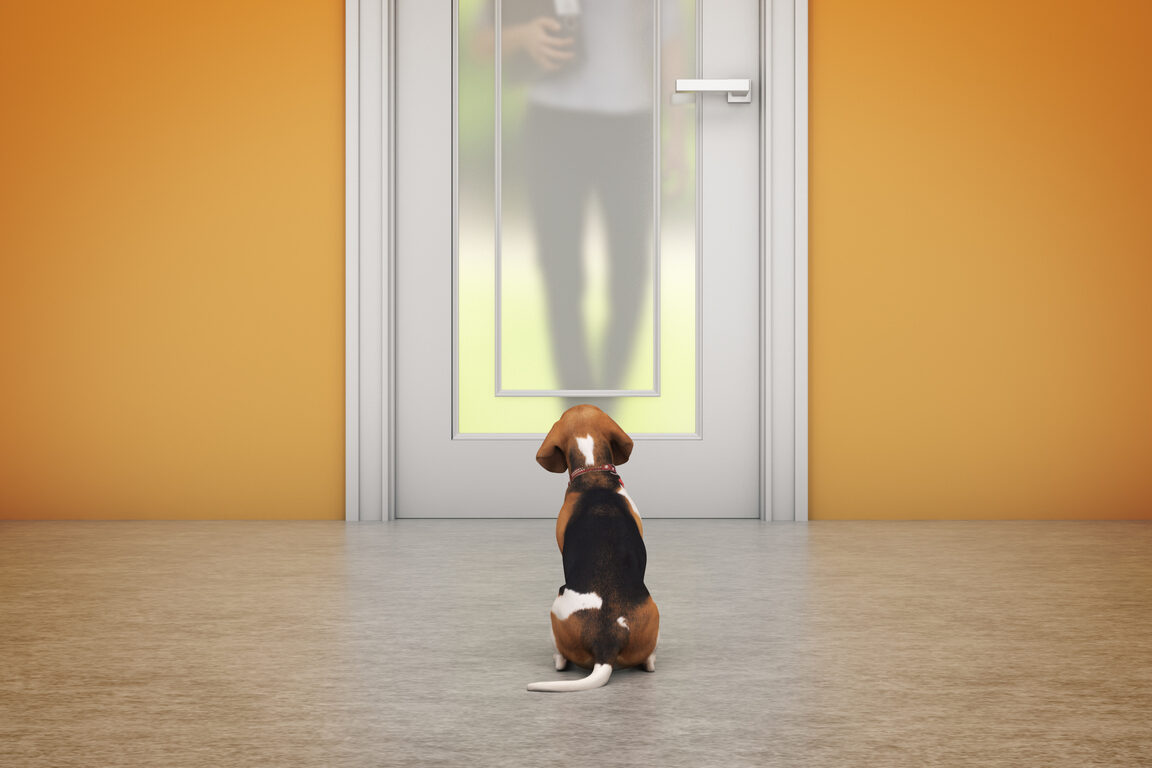
Many owners assume dogs naturally know how to be alone. The truth is it takes training. Gradually increase alone-time while pairing it with positive experiences, like special toys or treats. Rushing into long absences without preparation can lead to destructive habits that are tough to break. Start small. Leave for 10 minutes, then 30, then an hour. This teaches your dog that being alone isn’t scary. It’s just another part of life.
Do you ever feel guilty leaving your dog home alone? Which of these tips surprised you the most? Share your experience in the comments or pass this along to a fellow dog lover who could use it. Let’s make our furry friends’ alone time just a little bit easier.


